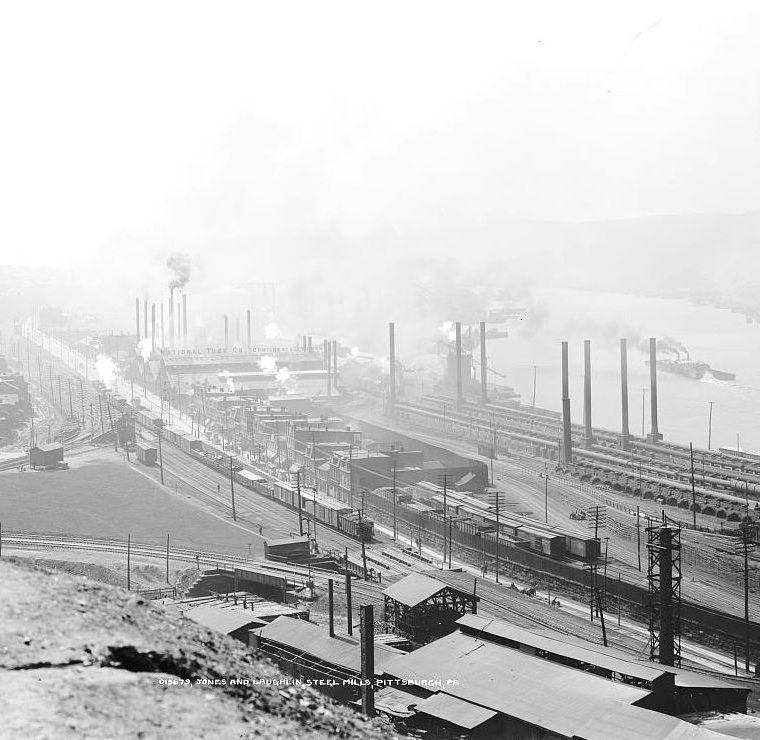More on Wednesday’s topic… The concepts of embodied energy and embodied carbon don’t just affect how we look at new buildings, they can and should have a big influence on the question of whether to build or renovate. Simply put, it is possible, but not inevitable, that a focus on renovation rather than new construction can greatly reduce the energy and carbon inherent in construction.
Let’s assume a big change in use, so simply reusing an existing building with a new coat of paint won’t be enough. And most old buildings (for any meaning off “old” of thirty years or more) have mechanical systems that are at least partially outdated and therefore will have to be replaced. These background assumptions mean that our theoretical project will either require new construction or a thorough gutting and renovation of an existing building. There are plenty of examples of this kind of project, from manufacturing loft buildings turned into offices and apartments, to empty malls turned into schools, to functionally obsolete offices and hotels being modernized.
I’m going to add one more assumption: we’re not going to use a green-field (empty) site for our new use. There are few such sites left anywhere near population centers, and sites further away will generate a lot of new traffic, which goes against saving energy and sequestering carbon.
A lot of the work will be the same: installing new HVAC systems and new low-flow toilets, for example. Most of the interior build-out will be the same when we compare a new building to a reused one. What will be different? The alteration project will not have demolition of the base structure, disposal of that demolition debris, creation of new structure (with all the materials work, fabrication, and transportation that implies), and the need for temporary staging on site. In terms of dollars, the work saved is almost certainly less than half of the project, but given the high energy and carbon costs of concrete and steel, those items are still significant.
Obviously, I’m biased. I prefer renovation to new construction. But I’m not the only one looking at this issue. As a minor case study, here’s a building I’ve mentioned before, One Broadway. In 1892, it look like this when seen from the east:

And here it is in 1922, a couple of years after a thorough modernization:

It’s currently undergoing another modernization. Keeping it in use for another fifty or seventy years seems to be a greener solution than demolishing it and building new.




You must be logged in to post a comment.